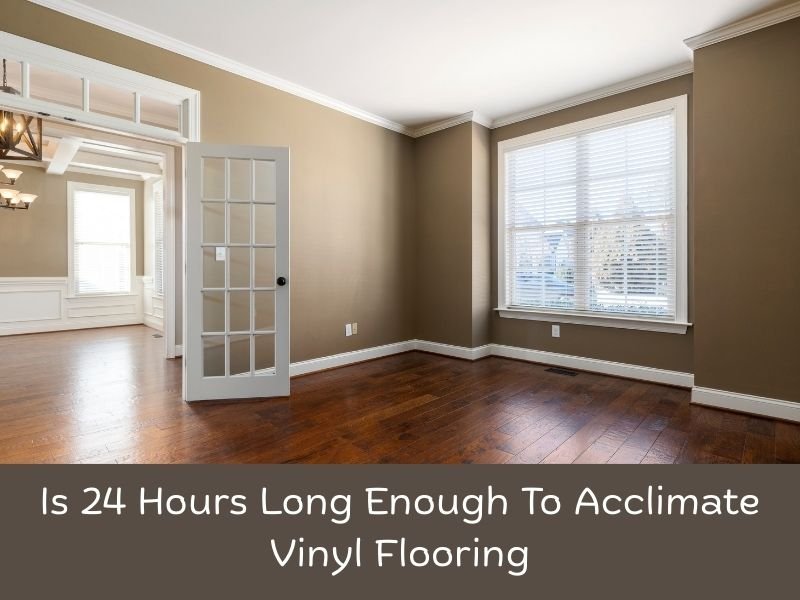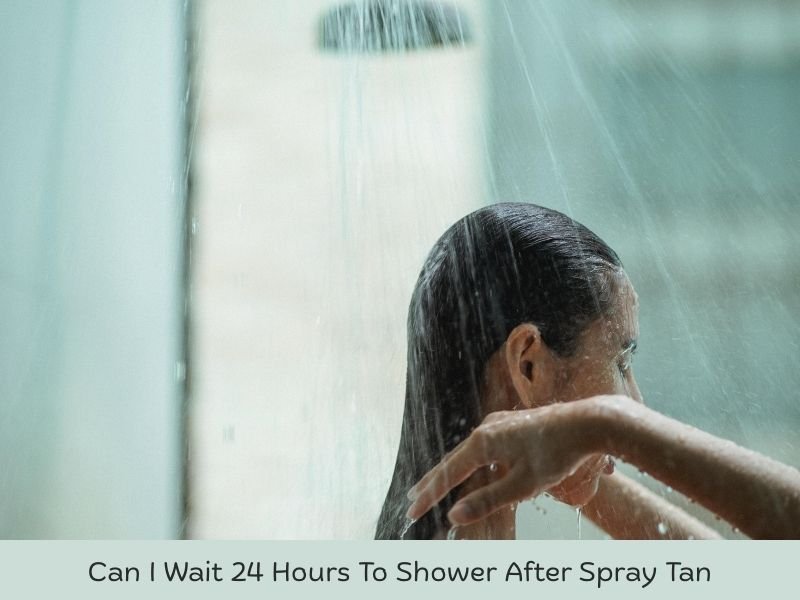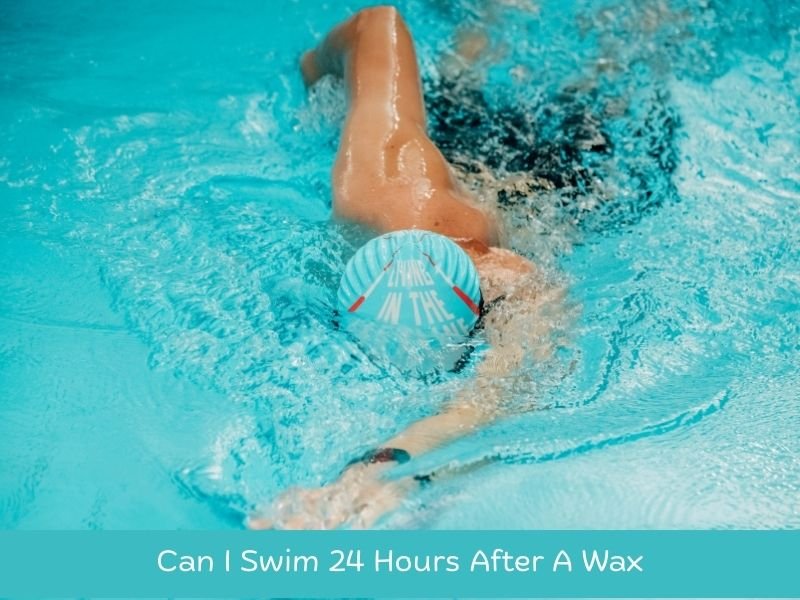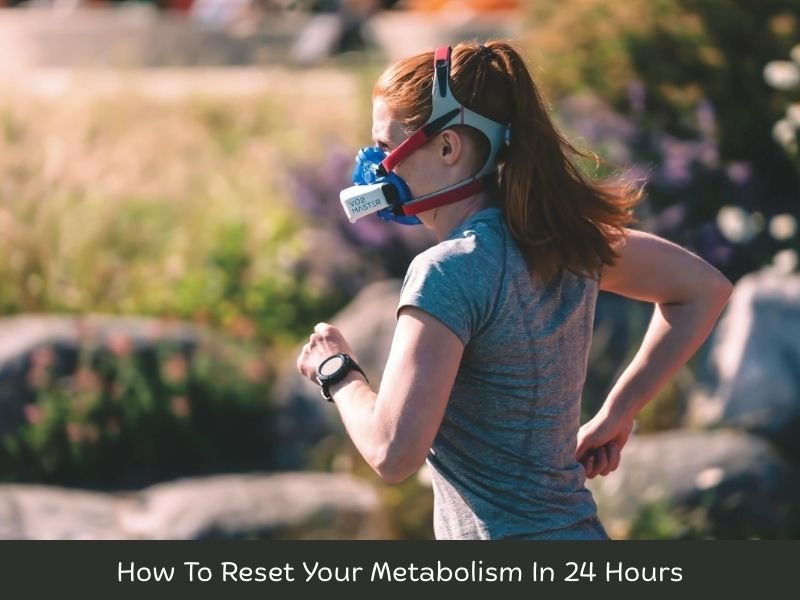Over the years, vinyl flooring has become a popular choice for homeowners and commercial property owners alike, and this is attributed to its combination of durability, affordability, and wide range of design options. Whether mimicking the look of hardwood, stone, or tile, vinyl flooring offers aesthetic versatility while being resistant to water, stains, and daily wear and tear. Its ease of installation and low maintenance requirements also make it an attractive option for DIY enthusiasts and professionals alike.
However, despite these benefits, proper installation is critical to ensuring that vinyl flooring performs well over time. One essential but often overlooked step in the installation process is acclimation. Acclimation involves allowing the flooring material to adjust to the temperature and humidity conditions of the room where it will be installed. Skipping or rushing this step can result in issues like warping, buckling, or gaps forming between planks. In this article, we explore whether a 24-hour acclimation period is sufficient and what industry experts and manufacturers recommend for best results.
What Is Acclimation in Vinyl Flooring?
Acclimation refers to the process of allowing vinyl flooring to adjust to the temperature and humidity conditions of the room where it will be installed. This step is vital because vinyl is sensitive to environmental changes, and improper acclimation can lead to issues such as expansion, contraction, warping, or buckling after installation.
Vinyl flooring materials are porous and can absorb moisture from the air. If the flooring is installed without proper acclimation, it may not perform as expected, leading to gaps between planks or tiles, lifting edges, or other structural problems. Therefore, acclimation ensures that the flooring reaches equilibrium with the room’s conditions, promoting a stable and long-lasting installation.
Manufacturer Guidelines: What Do They Recommend?
Most manufacturers recommend acclimating vinyl flooring for a period ranging from 24 to 72 hours. For instance, Carpet Trends suggests a 24-48 hour acclimation period, while Swiss Krono emphasises the importance of waiting at least 48 hours.
These guidelines are in place to ensure that the flooring adjusts adequately to the room’s environment, minimizing the risk of post-installation issues. It’s essential to follow the specific recommendations provided by the manufacturer of your chosen flooring product, as failure to do so may void warranties and lead to performance problems.
Is 24 Hours Enough?
While some manufacturers state that 24 hours may be sufficient under ideal conditions, several factors influence the appropriate acclimation time:
- Type of Vinyl Flooring: Different types of vinyl flooring, such as Luxury Vinyl Plank (LVP), Stone Plastic Composite (SPC), or Wood Plastic Composite (WPC), have varying sensitivities to environmental changes. For example, SPC and WPC are more stable and may require less acclimation time compared to traditional LVP.
- Environmental Conditions: The room’s temperature and humidity levels play a significant role. Manufacturers often recommend maintaining a temperature between 65°F and 85°F (18°C to 29°C) and relative humidity between 35% and 65% during acclimation. If the room deviates from these conditions, a longer acclimation period may be necessary.
- Subfloor Material: The type of subfloor, whether it’s concrete, wood, or another material, can affect how the vinyl flooring responds. Concrete subfloors, for instance, may retain moisture, necessitating a longer acclimation period to prevent moisture-related issues.
Given these variables, while 24 hours might be adequate in some scenarios, extending the acclimation period to 48 or even 72 hours is often a safer approach to ensure optimal results.
How to Properly Acclimate Vinyl Flooring
To ensure your vinyl flooring acclimates correctly, follow these steps:
- Store Flooring in the Installation Area: Place the unopened boxes of vinyl flooring in the room where they will be installed. Lay them flat and avoid stacking to allow air circulation around each box.
- Maintain Ideal Environmental Conditions: Keep the room temperature between 65°F and 85°F (18°C to 29°C) and relative humidity between 35% and 65%. Use a hygrometer to monitor humidity levels and adjust as necessary using humidifiers or dehumidifiers.
- Allow Sufficient Time: Let the flooring acclimate for at least 48 hours. If the room has recently undergone significant temperature or humidity changes, consider extending the acclimation period.
- Inspect Flooring Before Installation: After the acclimation period, inspect the flooring for any visible defects or damage before proceeding with installation.
By adhering to these steps, you can minimize the risk of post-installation issues and ensure a smooth, durable flooring surface.
Risks of Not Acclimating Long Enough
Skipping or shortening the acclimation period can lead to several problems:
- Expansion and Contraction: Without proper acclimation, vinyl flooring may expand or contract after installation, leading to gaps between planks or tiles, or causing the flooring to buckle.
- Adhesive Failure: In glue-down installations, inadequate acclimation can prevent the adhesive from bonding correctly, resulting in loose or shifting flooring.
- Warping and Cupping: Moisture imbalances can cause the flooring to warp or cup, compromising its appearance and structural integrity.
- Voided Warranty: Many manufacturers require proper acclimation as a condition of their warranty. Failing to follow their guidelines may void the warranty, leaving you responsible for any repairs or replacements.
These risks underscore the importance of allowing sufficient time for your vinyl flooring to acclimate before installation.
Tips for Faster & Effective Acclimation
While it’s essential not to rush the acclimation process, certain practices can help ensure it’s effective:
- Control Room Conditions: Use HVAC systems to maintain consistent temperature and humidity levels in the installation area.
- Use Fans or Dehumidifiers: If the room is particularly humid, using fans or dehumidifiers can help achieve the desired humidity levels more quickly.
- Avoid Direct Sunlight: Keep the flooring away from direct sunlight during acclimation, as excessive heat can cause uneven expansion.
- Monitor Conditions: Regularly check the room’s temperature and humidity using appropriate tools to ensure they remain within the recommended ranges.
Implementing these tips can help create an optimal environment for your vinyl flooring to acclimate effectively, leading to a successful installation.
FAQs
What happens if I install vinyl flooring too soon?
If vinyl flooring is installed before it’s properly acclimated, it may react unpredictably to the room’s temperature and humidity. This can result in expansion, contraction, lifting edges, gaps between planks, or buckling. Over time, this compromises the structural integrity and visual appeal of your floor.
Can I walk on vinyl flooring during acclimation?
It’s generally recommended to leave the vinyl flooring undisturbed during the acclimation process, especially if it’s still in its packaging. Once the acclimation is complete and the flooring is being installed (especially for floating floors), light walking may be allowed depending on the type of product, but always follow the manufacturer’s guidelines.
Does acclimation time vary by climate or season?
Yes. Acclimation needs can be affected by seasonal changes. For example, in winter months when homes are heated and the air is drier, vinyl flooring may shrink more. In humid summers, it may expand. In such cases, extending the acclimation period beyond 24 hours is advisable to ensure stability in the installed environment.
Do all types of vinyl flooring need acclimation?
Most types, including Luxury Vinyl Plank (LVP), Luxury Vinyl Tile (LVT), SPC, and WPC, require acclimation. However, some rigid-core products marketed as “install-ready” claim minimal acclimation is needed. Even then, manufacturers like Shaw Floors and Armstrong Flooring still recommend at least 24–48 hours for best results.
Conclusion
So, is 24 hours long enough to acclimate vinyl flooring? The short answer: sometimes, but not always.
While 24 hours may be sufficient under ideal, controlled conditions and with certain rigid-core vinyl products, a longer acclimation period of 48 to 72 hours is generally safer and more reliable. Environmental factors like temperature, humidity, subfloor type, and even regional climate play crucial roles in determining how much time is truly needed for the flooring to stabilise.
Failing to properly acclimate vinyl flooring can lead to major headaches down the road, from aesthetic imperfections to performance issues and voided warranties. On the other hand, taking the time to acclimate ensures a smoother installation process, a more professional-looking result, and a longer-lasting floor.
To summarise:
- Always follow your specific manufacturer’s guidelines.
- Monitor room temperature (65–85°F) and relative humidity (35–65%) during acclimation.
- When in doubt, lean toward a longer acclimation period rather than a shorter one.
Whether you’re a DIY enthusiast or working with a contractor, taking the proper steps before installation — including acclimation — is one of the smartest ways to protect your investment.






